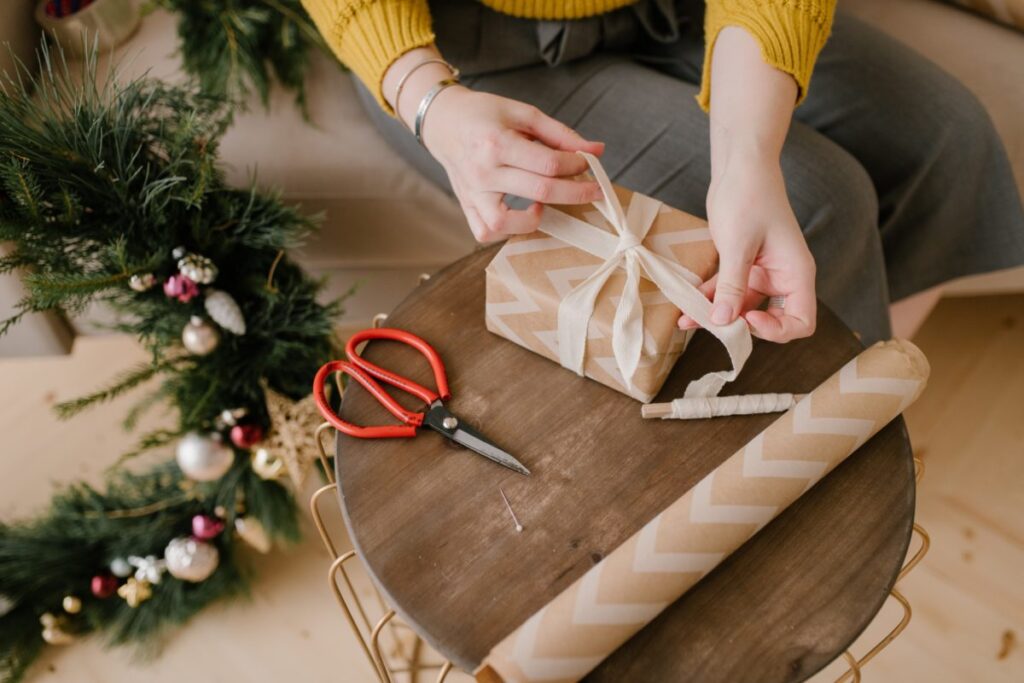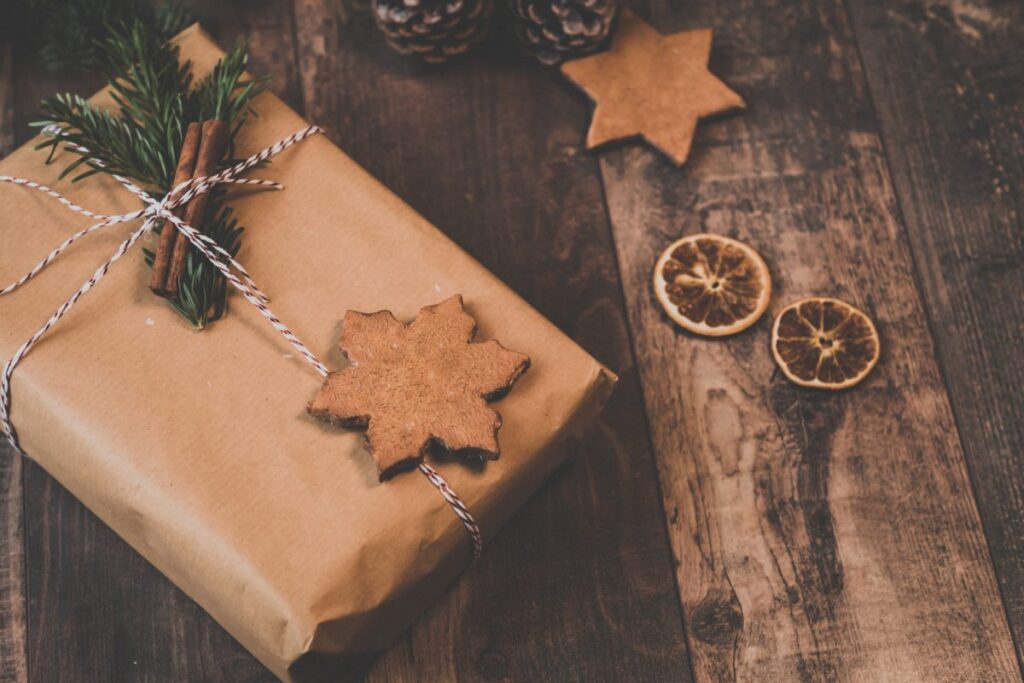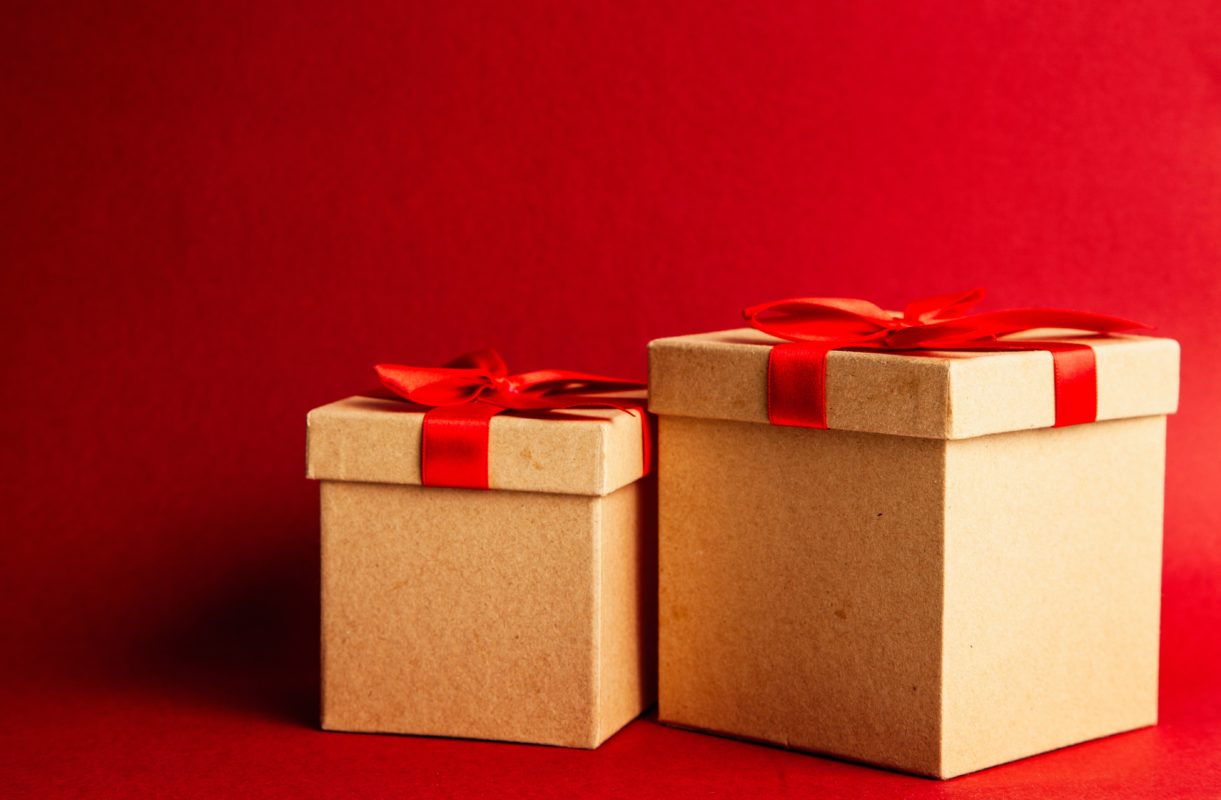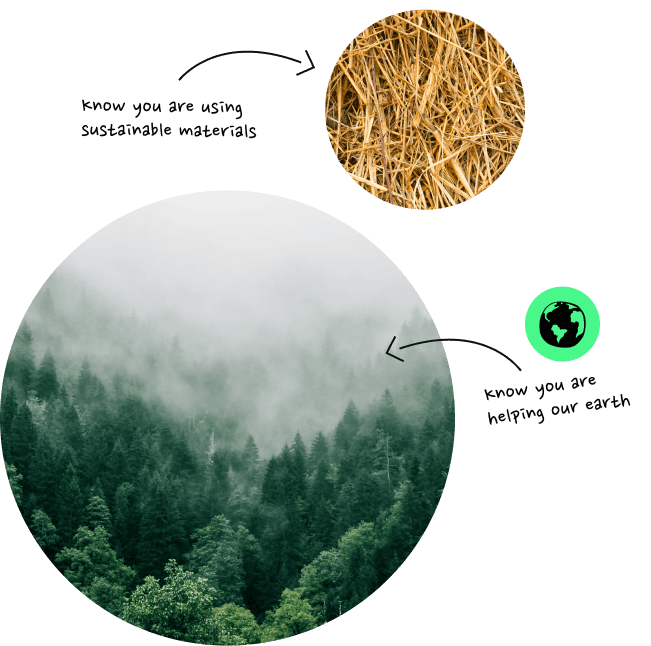As the holiday season begins, gift packaging becomes a key consideration for retailers and brands but how can environmental concerns and appropriate gift wrapping be reconciled, if at all?
From cellophane to non-recyclable printed gift wrap and everything in between, there are a host of attractive yet damaging packaging options that have become a staple of the holiday season, but it’s time to step up and make the changes that consumers claim to support.
What Are The Best Materials For Gift Packaging?
Packaging solutions are a must and therefore it falls to us to select not only the best for purpose but also those that are least impactful on the environment as well. The following are some proven options:
Printed Paper

Though much printed paper can be recycled, a de-inking process, along with bleaching, usually needs to be included as part of the toxin-removal process, meaning more energy and chemicals used. Water, vegetable and soy-based inks remove the toxicity issue and allow for home composting, making for a simple and gentle option.
Pros: Festive iconography can be easily added to paper, disposal can be simple and effective, it is made from a renewable source and presents an eco-conscious image to consumers.
Cons: Recycling can only continue as long as the fibres are long enough and there is no way for consumers to know, weather/waterproofing can prove difficult, easy to damage and cost prohibitive compared to plastic.
Cardboard
Cardboard is much the same as paper, but with the added benefit of being stronger and more resilient to damage.
Pros: Cardboard packaging can often be reused, it is light yet sturdy and is easy to customise and can be home composted, depending on inks and finishes used.
Cons: Not water or weatherproof, can deform under pressure and is not suitable for heavy items.
Wax Wraps
A good alternative for when paper simply doesn’t protect from moisture enough, wax wraps are proving popular, especially with independent makers. A simple combination of organic cotton squares coated with either bee’s or soy wax, the wraps offer good waterproofing and protect the inner product, once the wax layer has dried.
Pros: The entire wrap is natural and can be recycled, reused or repurposed, wraps are versatile and they are easy to make festive, as patterned cotton can be used.
Cons: The wax will melt at high heat (under bright shop lighting for instance), making them in volume can be costly and consumers can be a little wary if they don’t understand how wraps work.
Compostable Plastic And Film
PHAs are a shining example of how far bioplastics have come from the early incarnations based on PLAs alone. Created from fully renewable and natural sources, these exciting developments can be used in place of most traditional plastic packaging methodologies while aligning with a simple and eco-aware disposal technique.
Pros: Consumers can take responsibility for effective and responsible disposal, products can be displayed in water and weatherproof containers and use of bioplastics grows consumer trust in such initiatives and brand identities.
Cons: As a relative newcomer to the eco packaging roster, home compostable plastic packaging and films are still considered costly to produce, making manufacturers reluctant to make the switch.

Fabric Bags / Furoshiki
Products that are not moisture-adverse can be displayed and packaged in fabric and totes, a Japanese style of wrapping known as furoshiki. This is an easy switch for DIYers and zero wasters at home, but a taller order for retailers.
Pros: An easy and reusable packaging idea that is appealing in terms of being zero waste, bags and wraps can be as festive as the fabric used and consumers can even skip wrapping items in paper if they are presents, as the items within are already hidden.
Cons: Bags and wraps incur more cost which won’t appeal to consumers, ethical production methodologies will become a major concern as bags will require sewing and if bags are not wanted, they could end up in landfill due to confusion about fabric recycling.
Until a tote bag or decorative wrap can be as cost-effective as paper, this is unlikely to be a mainstream option, though some brands are embracing them already in order to create a circular business model, as LUSH has done.
What about FSC certified paper packaging?
When paper packaging is a viable option, it’s important to consider the paper’s feedstock, or source material. With paper consumption at its highest levels ever, some activists worry demand is becoming unsustainable, which leads to uncomfortable conversations about where paper for eco friendly packaging is sourced from.
The Forest Stewardship Council (FSC) is able to certify certain types of paper as being eco-friendly and tracks timber at every stage of life, to ensure compliance with environmental best practices. It breaks down paper into three categories:
- FSC 100%: All wood used to create paper has come from FSC-certified forests and can be fully traced back to all points of processing.
- FSC Recycled: All wood and paper within a new product has come from quantifiable recycled or reused materials.
- FSC Mixed: All wood within paper is sourced from either recycled materials, FSC certified forests or controlled woodlands. All wood has to be proven as sustainably sourced.
To this end, FSC paper is a positive step in the right direction as it removes the possibility of virgin wood being used irresponsibly and creates accountability at every stage of paper production. Having the ‘tick-tree’ logo present on product packaging is widely considered to be a commercially astute move.
Is Reducing Gift Packaging The Best Solution?
In short, yes. The less packaging that is required, the better, for the environment at least, but consumers will always drive demand for suitably festive packaging options at this time of year. For this reason, reducing layers, but not cheer or functionality, is essential. Ways to do this could include:
- Discarding tissue paper, as it is largely non-recyclable and often ends up being disposed of incorrectly. Shredded kraft paper would be a viable alternative, if padding is needed.
- Opting for printed festive designs instead of additional packaging items. This could include bows, ribbons et al. All of these can be added to recyclable and compostable materials in the form of graphics, printed with non-toxic inks.
- Negating the use of plastic Cellophane altogether and choosing fabric-wrapped gifts instead.
- Swapping regular branding colour schemes for festive ones, just for the Christmas period. Recognisable red, green and white tropes will give the celebratory feel that consumers crave, without necessitating environmentally dubious materials.
What About Cellophane?
While Cellophane is a packaging material recognised for bringing more ‘fun’ to product presentation, it’s also a surprising entity. While some plastic-based incarnations call themselves Cellophane, the genuine product is not only made from wood, cotton and hemp-derived cellulose, meaning that it is also fully biodegradable.
Perfect for gift, food and hamper wrapping, Cellophane is widely overlooked as an eco-friendly Christmas packaging option, which highlights the importance of consumer education. If end users were aware of how to test a product to see if it is real Cellophane (biodegradable tears, plastic-based stretches), and how to dispose of it responsibly (home composting is an easy technique), demand for this packaging secret weapon might increase.
Can Gift Packaging Be Decorated / Enhanced?

In terms of accoutrement such as glitter, ribbons, stickers and more, every layer that’s added to packaging confuses the EOL disposal. What appears to be a fun addition that will lure consumers can actually prove to be a stumbling block to effective recycling and composting, meaning that environmental impact is significantly increased. All for a little sparkle.
Glitter is a serious contributor to environmental contamination, with much of it, microplastics and all, entering waterways and being entirely uncontrollable once produced. When added to wrapping paper, that gift wrap can no longer be recycled due to the aluminium and plastic particles contained within. Ribbon, unless fabric, and stickers contribute to material contamination in similar ways with plastic and adhesives to account for.
The festive bells and whistles make for a glaring alarm in terms of eco impact, so it’s best to avoid them altogether. Focussing on biodegradable options made from renewable sources and adding holiday spirit in the form of graphics and colours is by far the best way to minimise the environmental on-cost of Christmas packaging.
Lead image courtesy of Giftpundits.com from Pexels.





